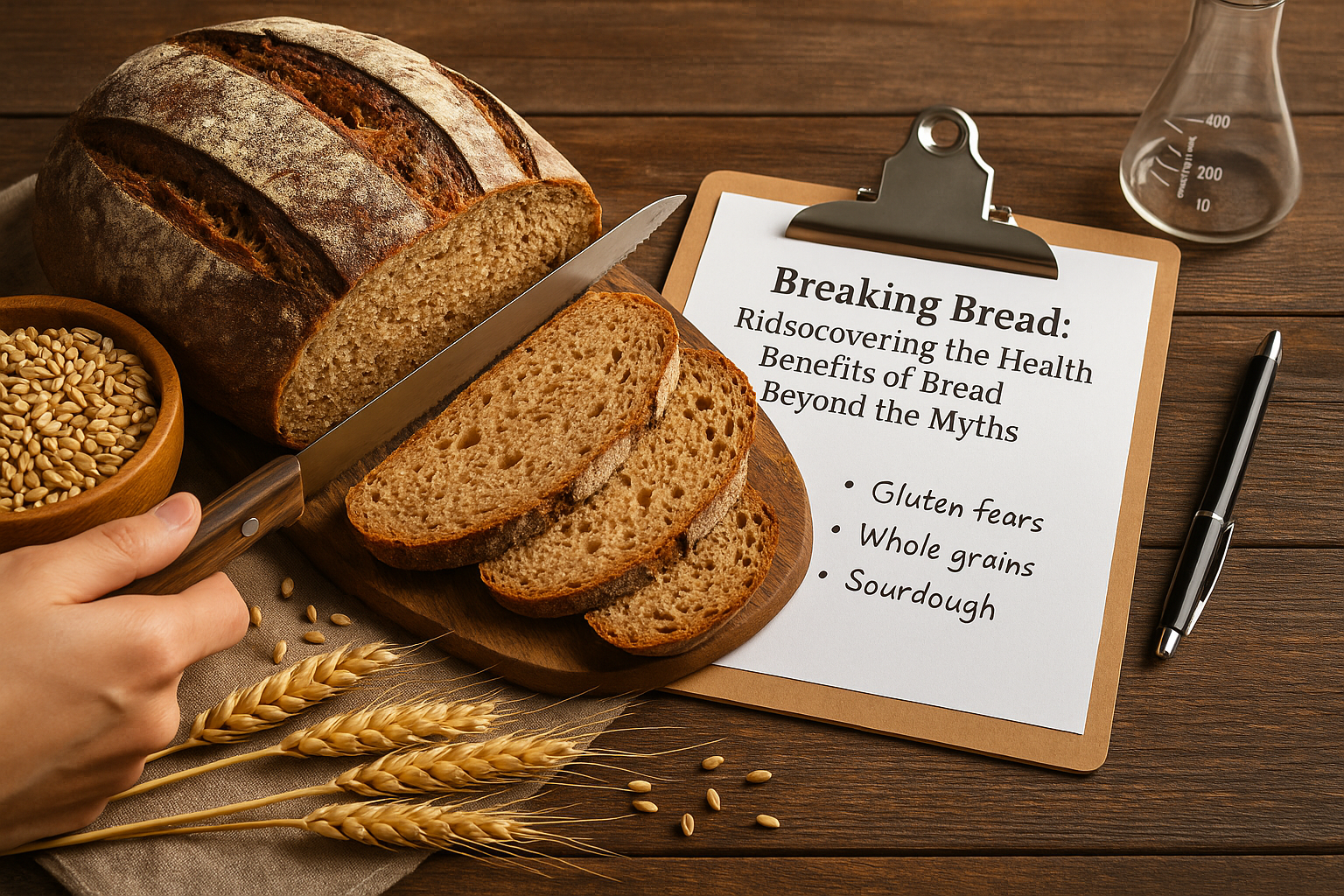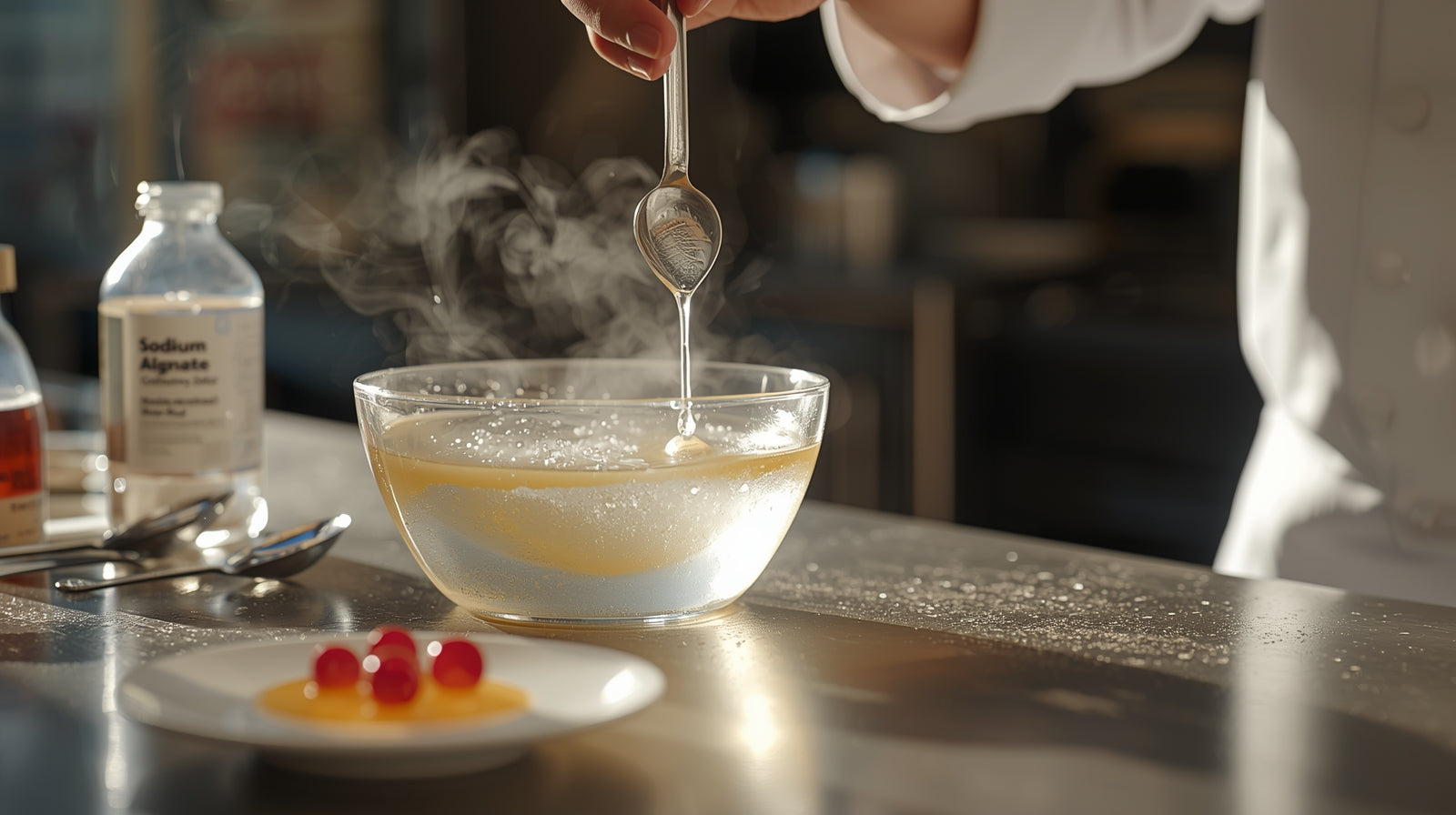
The Science of Salt: 7 Common Mistakes Home Cooks Make (and How to Fix Them)
SUBSCRIBE TO OUR BLOG
Promotions, new products, and recipes.
The Science of Salt: 7 Common Mistakes Home Cooks Make (and How to Fix Them)
By Edmund McCormick, Founder of Cape Crystal Brands
Introduction: Not Just Flavor, It's Chemistry – Salt
Salt is the most misunderstood ingredient in your kitchen. It’s not just a flavor enhancer — it’s a chemical tool that affects how our taste buds perceive sweetness and bitterness, how proteins bind to each other, and how emulsions are formed. And as the founder of Cape Crystal Brands, I know that how you use salt — when to add it, what type to use and how — can determine how delicious your dish will be. I tell culinary students all the time: “The mistake isn’t using too much salt, it’s using it too late, too fast or the wrong kind. Timing and texture are everything.”
Until You Wait Too Late to Salt Your Food
Salt requires time to infiltrate food. If you sprinkle it on right before serving, the seasoning may make its way to the surface of a piece of meat, but your dish will still taste bland inside. The sooner you can add salt — particularly if it’s at the sauté phase, or marinating — the better: It allows salt to dissolve proteins and draw out moisture, while ensuring even distribution of flavor. Fix: Salt proteins, such as meat or vegetables, at least 15 to 30 minutes before cooking to give it some time for diffusion.
2. Using the Wrong Type of Salt
Table salt, kosher salt and sea salt do not serve as a substitute for one another. The dissolution and adherence of salt to food is governed by the size and shape of salt crystals. Fix: Omit the ruler and measure your salt by eye, counting roughly 1/8 teaspoon per gram of kosher salt — or even better, start using kosher salt for cooking in general (it’s easier to control its volume). For texture and presentation, you want to top the fish with flake or finishing salt, such as Maldon or Himalayan pink.
3. Ignoring Salt’s Role in Texture
Salt is more than seasoning; it also tightens gluten in doughs, firms up proteins in cured meats and stabilizes emulsions in dressings or sauces. Without it, you risk wet bread or broken vinaigrettes. Fix: With doughs, add the salt only after the first hydrating, to avoid over-taughtening gluten. For salad dressings, dissolve salt in vinegar or lemon juice and whisk in oil for better emulsification.
Fearing Salt in Plant-Based Cooking
Plant-based recipes frequently get under-seasoned, because cooks are afraid to over-salt. However, vegetables, grains and legumes do not have the same sodium as animal proteins which is why they ‘require’ more salt to taste right. Fix: Sprinkle lots of little, nonbriny hits of salt all throughout cooking — especially at the simmer — to subtly amp up umami perception.
5. Rescuing the Irretrievable with Salt
After food is badly overcooked or bland, salt doesn’t have a superpower to bring back what isn’t there. Salt works proactively, not reactively. Fix: Taste early and often. Think of salting as a verb, not a noun. With soups and sauces, adopt the “three-phase” strategy: early for absorption, midway for adjustment during cooking, at the end a gentle finish to achieve balance.
6. Forgetting The Way Salt Balances Other Flavors
Salt mitigates bitterness and enhances the perception of sweetness. Without sufficient salt, a little magic can go missing from even a chocolate dessert. Fix: Put a little salt in desserts, coffee or chocolate sauces—wakes up the flavor and increases dimension.
7. Not Accounting for Hidden Sodium
Processed components — say, soy sauce or canned broth, cheese — already contain salt. Wealth sometimes causes imbalance when more is added without considering other factors. Fix: Taste before adding more salt. If Processing Salty Condiments: Dilute or balance with acid (lemon juice or vinegar, don’t go adding more salt.)
BONUS: Salt/Food Science Synergy
Salt acts as an emulsifier and texture stabilizer, two things that we study extensively here at Cape Crystal Brands. The way growing borecole lines like xanthan gum or guar gum control texture, salt controls water activity — not just flavor, but preservation and shelf life. Salt is why it’s important to think of salt as a functional ingredient for cooks in both professional kitchens and at home.
| Type of Salt | Texture & Grain | Flavor Profile | Best Culinary Uses | Special Notes |
|---|---|---|---|---|
| Table Salt | Fine, uniform crystals | Very salty, sharp | Everyday cooking, baking | Often contains anti-caking agents and iodine; dissolves quickly. |
| Kosher Salt | Medium to coarse flakes | Clean, mild salinity | General cooking, seasoning meat, brining | Preferred by chefs for easy pinching and even distribution. |
| Sea Salt | Fine to coarse crystals | Bright, complex minerality | Finishing dishes, seasoning seafood and vegetables | Retains trace minerals like magnesium and calcium. |
| Fleur de Sel | Delicate moist flakes | Soft, subtle salinity | Finishing grilled meats, salads, desserts | Harvested by hand; prized as a luxury finishing salt. |
| Flake Salt (Maldon) | Large, pyramid-shaped flakes | Clean and light | Finishing steaks, fish, chocolate desserts | Provides a satisfying crunch and visual appeal. |
| Himalayan Pink Salt | Medium to coarse crystals | Earthy, mineral-rich | Finishing, salt blocks for grilling, bath salts | Contains trace iron oxide giving its pink hue. |
| Celtic Sea Salt | Moist, grayish crystals | Briny, mineral taste | Seasoning seafood, stews, rustic breads | Harvested from Brittany; high in natural magnesium. |
| Smoked Salt | Coarse to medium crystals | Woody, smoky aroma | Finishing meats, roasted vegetables, cocktails | Cold-smoked over wood chips; adds smoky flavor without heat. |
| Pickling Salt | Fine, uniform crystals | Pure, clean salinity | Pickling, brining vegetables | No additives or anti-caking agents—ideal for clear brines. |
| Rock Salt | Large, irregular crystals | Less refined, mineral taste | Ice cream making, salt crusts, curing | Too coarse for direct seasoning; used for temperature control. |
| Black Hawaiian Salt (Lava Salt) | Fine to medium black crystals | Earthy, sulfuric depth | Finishing seafood, eggs, gourmet dishes | Infused with activated charcoal for dramatic color. |
| Red Hawaiian Salt (Alaea Salt) | Rust-colored medium crystals | Robust, mineral flavor | Traditional Hawaiian dishes, grilled meats | Mixed with volcanic clay rich in iron oxide. |
| Black Salt (Kala Namak) | Fine reddish-black powder | Slightly sulfuric, egg-like | Indian cuisine, vegan “egg” flavor in tofu or dressings | Popular in plant-based cooking for its umami depth. |
| Flavored Salts | Varies by blend | Infused with herbs, citrus, truffle, or chili | Finishing dishes, popcorn, rubs, or rimmed cocktails | Experiment with your own infusions using citric acid or dried herbs. |
| Low-Sodium Salt | Fine crystals | Milder, slightly bitter | Diet-friendly cooking | Blended with potassium chloride to reduce sodium content. |
Conclusion: Respect the Salt
Ultimately, controlling salt is about control itself — of time, balance and chemistry. The best chefs in the world cook with salt as if it were rhythm, giving shape and harmony to flavor one essential grain at a time.
Related reading & tools
Salt FAQs
1) Is kosher salt better for everyday cooking than table salt?
Kosher salt’s larger, more uniform crystals make it easier to pinch and dose, so you’re less likely to over-salt. Table salt is finer and tastes “saltier” by volume.
2) When should I add salt to meat—before or after cooking?
Season 15–30 minutes before cooking to allow diffusion for more even flavor. For steaks and roasts, dry brine up to 24 hours for deeper seasoning.
3) Can a pinch of salt really improve desserts?
Yes—salt suppresses bitterness and boosts perceived sweetness, sharpening flavors in chocolate, caramel, and fruit bakes.
4) How do I fix an oversalted soup or stew?
Balance with acid (lemon, vinegar), dilute with unsalted stock, add unsalted starch (rice, potato), or stir in dairy to round edges. Avoid chasing salt with sugar.
5) Why does my vinaigrette sometimes “break”?
Emulsify in stages: dissolve salt in the acid first, then whisk in oil gradually. For extra stability, a pinch of xanthan gum can help.
6) What’s the difference between finishing salt and cooking salt?
Cooking salts (e.g., kosher) dissolve into dishes. Finishing salts (e.g., flaky sea salt) add a final pop of salinity and crunchy texture just before serving.

|
About the Author Ed is the founder of Cape Crystal Brands, editor of the Beginner’s Guide to Hydrocolloids, and a passionate advocate for making food science accessible to all. Discover premium ingredients, expert resources, and free formulation tools at capecrystalbrands.com/tools. — Ed |
Enjoyed this post? Subscribe to The Crystal Scoop
Food-science tips, ingredient know-how, and recipes. No spam—unsubscribe anytime.
- Choosing a selection results in a full page refresh.



